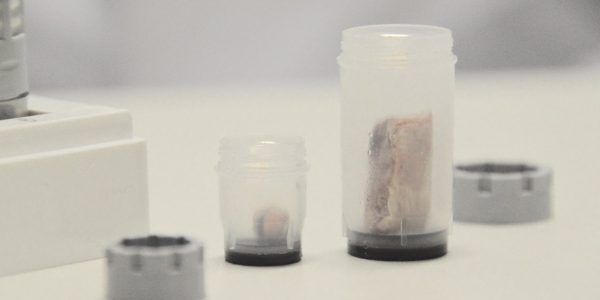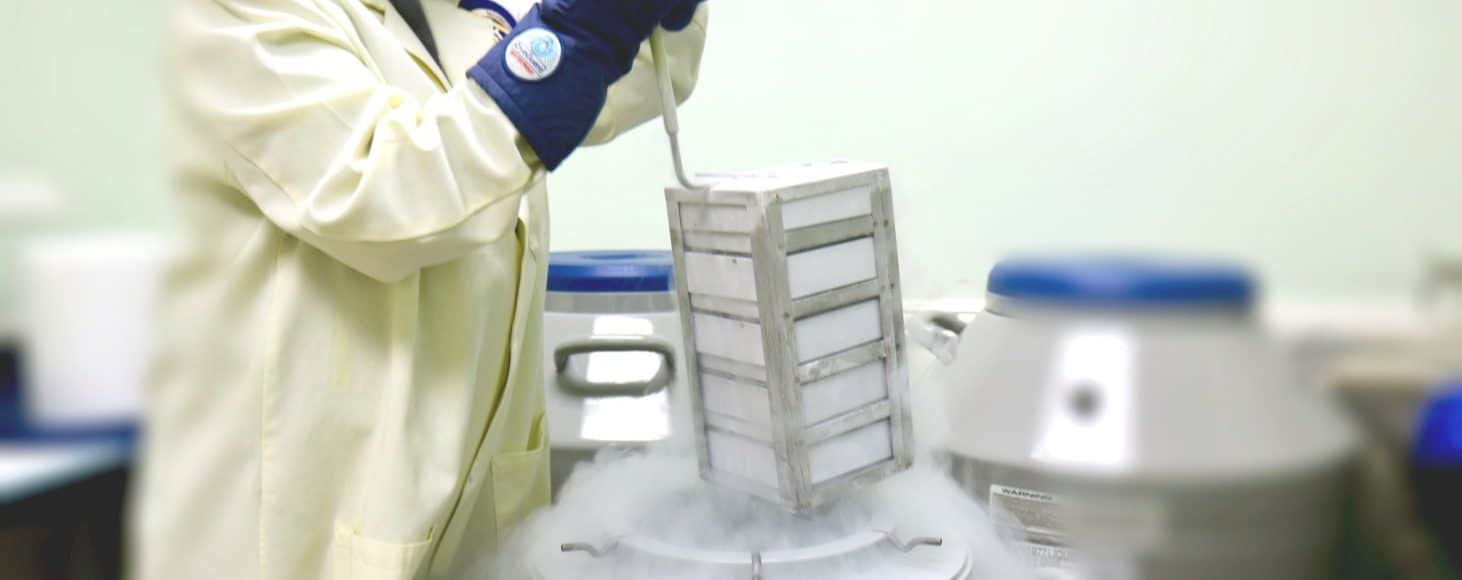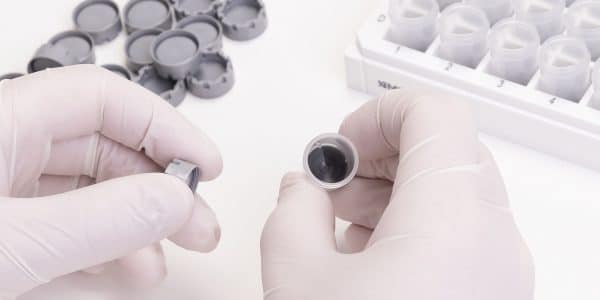

Fresh Frozen Tissue Collection and Storage at Geneticist Inc
The storage and collection of fresh frozen tissue is by no means an easy task. Tissue sample collection and storage must conform to strict industry standards set by the Institutional Review Board. At Geneticist Inc, all fresh frozen tissue specimens are collected only by certified medical pathologists and under Institutional Review Board (IRB) approval.
Institutional Review Board (IRB)
The institutional review board (IRB) is responsible for the review of the methods used in tissue sample research. In fresh frozen tissue collection and storage, IRB ensures that the methods used adhere to standard operating procedures and that precautions are taken to protect the welfare and rights of participants. They conduct regular and thorough analysis of all methodologies to ensure that all parties involved are in line with regulations. In the United States, IRBs are supported by the United States federal government and regulated by the Office for Human Research Protections a branch of the Department of Health and Human Services.
Collection
Fresh frozen specimens are collected from surgical specimens after written consent is obtained from the patient. A lot of preparation is conducted to minimize the processing time of tissues. The following materials and equipment are needed for collection and storage:
- Pre-barcoded tubes: All specimens must be stored in the correct tubes which have unique 10-digit barcodes to ensure traceability and quality.
- Labels should be clear and have an over-laminate sheet.
- Liquid nitrogen is required for snap-freezing.
- Dry ice is required for the transfer of collected specimens and for storage.
Once the specimen from a donor has arrived at the histopathology lab, the time is noted, and the reception staff logs it into the laboratory’s system. For fresh sectioning, the specimen is placed at -20⁰C to ease cutting or placed on a cut up bench. Once the pathologist is ready to review the specimen, they will assess the tissue to see if it is suitable for banking. Not all specimens are suitable. If suitable for banking, the macroscopic features of the specimen are documented, and the excision margins are marked. The specimens are snap frozen through submersion in liquid nitrogen. Frozen specimens are never allowed to thaw after the initial freezing process. Our fresh frozen samples include serum, plasma, and tissue samples (both normal and tumor tissue). Our samples are stored in tubes that have a unique code to ensure traceability and quality.
Storage
We store the tissue in liquid nitrogen tanks, and the plasma and serum are stored inside a ultra-low temperature freezer at an average temperature of -75⁰C. The standard weight of our samples is between 0.5 to 1.0 gram. The quality control methods of our specimens include hematoxylin and eosin staining and RNA analysis. As a precaution, during the storage process the specimens are split into different locations in case of equipment failure. The samples are then transferred from liquid nitrogen to their allotted locations. Dry ice is used to help maintain the necessary conditions required for the fresh frozen specimens and vapor tank boxes.
All details are recorded on the tissue tracking form into the database and filed together with the donor’s paperwork. Starting from the excision process to storage and shipment, all our specimens are handled with precision and care to guarantee that we deliver the highest quality specimens to our customers. Any diseased tissue specimen can be ordered individually or paired with its respective FFPE tissue, fluid sample such as biofluid or blood, or normal adjacent tissue (NAT).
Assurance of Quality
- We have our own collection sites that ship the samples to us on dry ice. The shipping companies are specifically geared towards specimen samples, so they ensure there is sufficient dry ice throughout shipping time.
- Our employees keep a daily log of freezer temperatures to ensure the specimens are consistently kept at the right temperature (between -70 and -80⁰C).
- We conduct a bi-weekly replenishment of liquid nitrogen levels.
- A generator is kept in case of an unlikely power outage to ensure temperature levels are maintained even in catastrophic conditions.
- Our employees are obligated to familiarize themselves with the standard operating procedures we use for the proper storage of specimens. These standards are used universally, and Geneticist Inc. follows them strictly to ensure that our specimens are properly stored to yield the absolute best results for research and studies.
Safety
At Geneticist Inc, institutional safety requirements must be adhered to by all staff members at all times. Protective equipment for staff such as gloves and gowns must be worn at all times when inside the laboratory. All human samples are handled in a Class II Biohazard Safety Cabinet. This cabinet provides protection of the samples and environment as the air is HEPA-filtered. The staff must also adhere to all local chemical and sharps policies.
Inventory
At Geneticist Inc, our inventory of fresh frozen specimens include samples from the bladder, brain, breast, cervix, colorectal, head, neck, kidneys, liver, lungs, ovary, pancreas, prostate, skin, stomach, testis, thyroid, uterus, esophagus, adrenal gland, melanoma, soft tissue sarcoma, and lymph nodes. If you’re interested in hearing more about Geneticist Inc’s biorepository, please contact us at: info@geneticist.net.
References
1. Standard operating procedure: Fresh tissue collection, processing, and storage. Australian Breast Cancer Tissue Bank. Accessed 5/20/2018. https://brd.nci.nih.gov/brd/sop/download-pdf/1242
2. Institutional review board. Wikipedia. Accessed 5/20/2018. https://en.wikipedia.org/wiki/Institutional_review_board
3. Biosafety cabinet. Wikipedia. Accessed 5/20/2018. https://en.wikipedia.org/wiki/Biosafety_cabinet
4. Fresh frozen tissues. ProteoGenex. Accessed 5/20/2018. http://www.proteogenex.com/biorepository/human-tissue-specimens/fresh-frozen-tissue/

